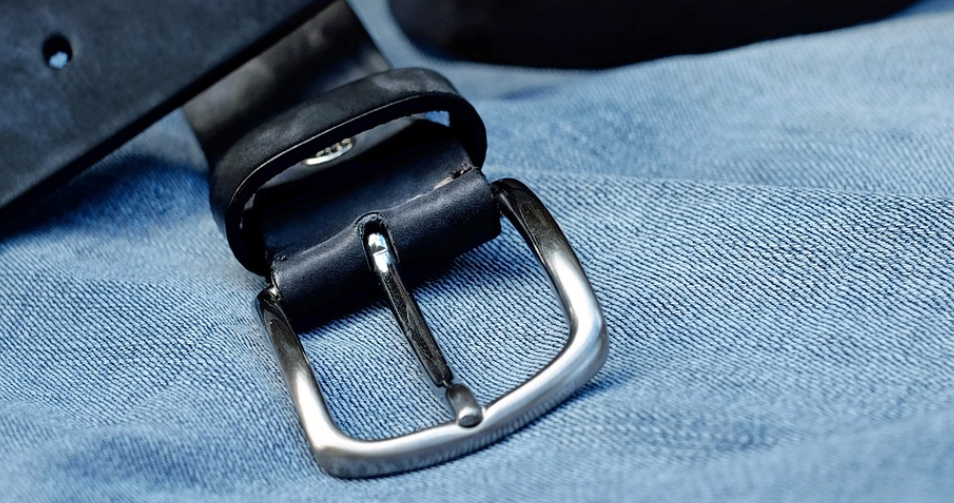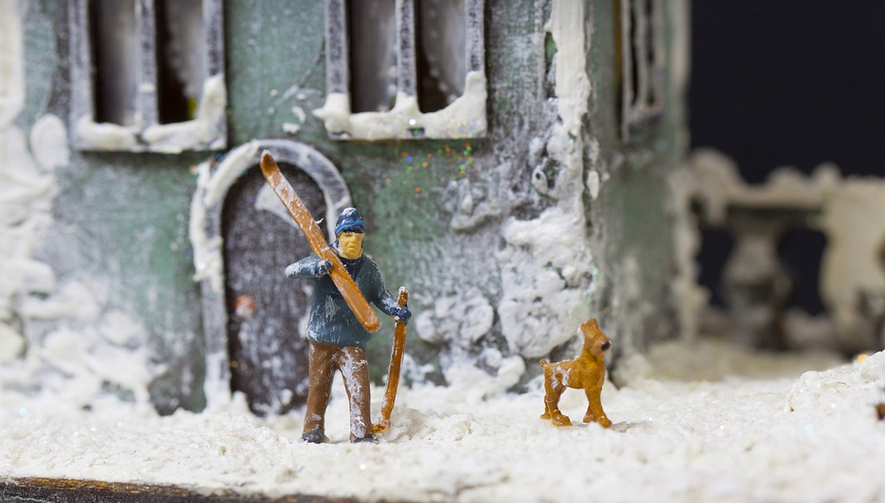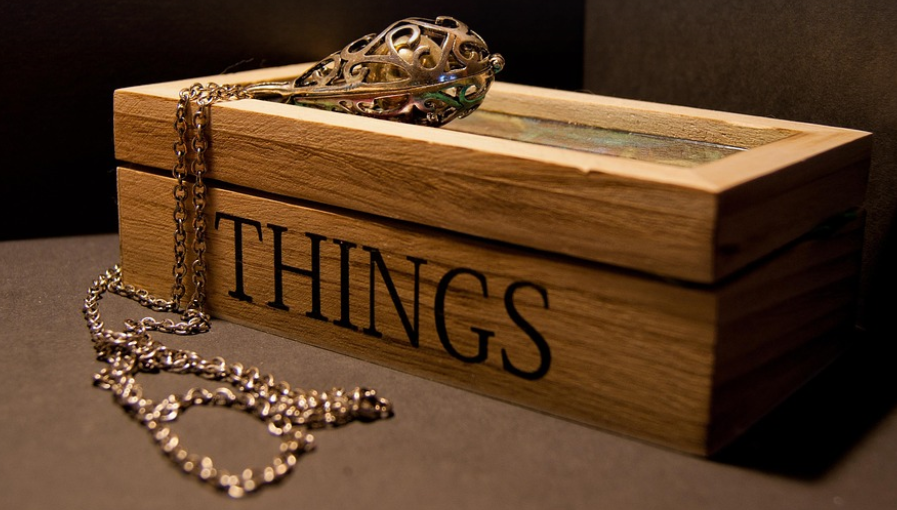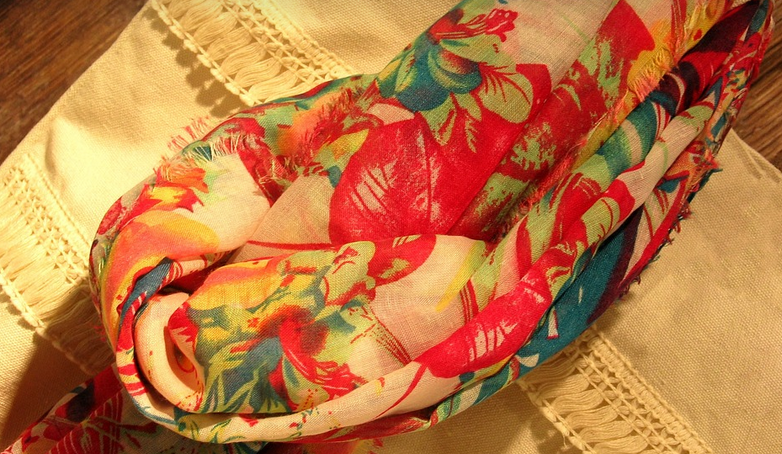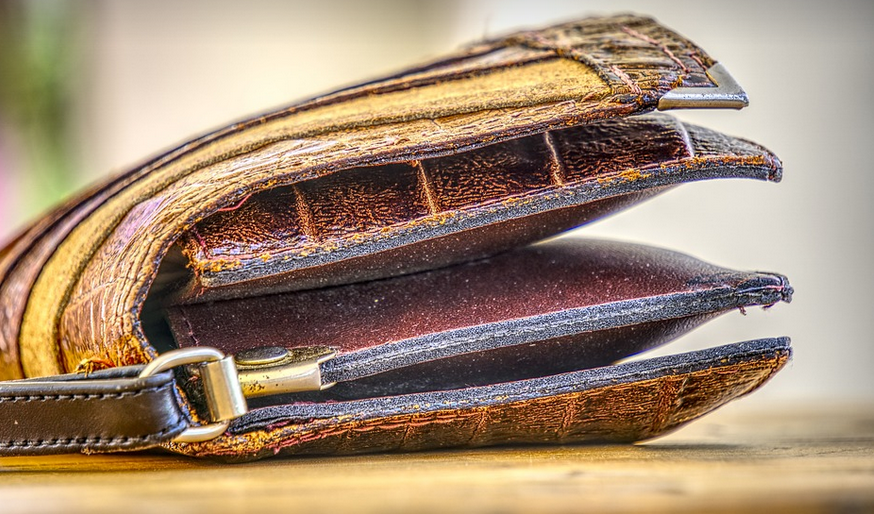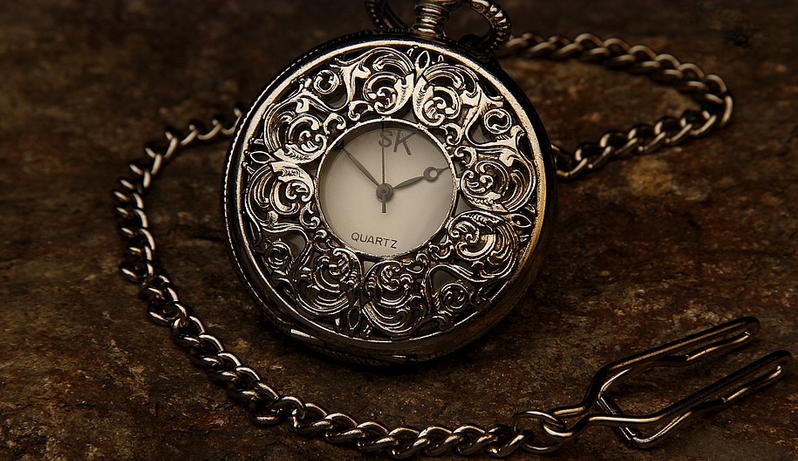
Why Your Christmas Tree Might Be Losing Needles
The classic image of a perfectly decorated Christmas tree, shimmering with lights and adorned with ornaments, is often marred by the unfortunate sight of needles falling off. While it might seem like a sign of neglect or a blight on the holiday spirit, there are many factors that can contribute to this phenomenon. This article will explore some common reasons why your Christmas tree might be losing needles in 2024.
The first reason is often overlooked: simply the natural lifecycle of the tree itself. Trees grow their needles through photosynthesis and use sunlight to fuel growth. As winter approaches, they experience a change in temperature and shorter durations of daylight. This triggers them to prepare for dormancy and reduce energy expenditure by shedding some of their outer needles to conserve precious nutrients.
A second reason is the tree’s origin. Evergreens, especially those harvested from nature, often have natural variation in needle retention. Different species or even trees within a single species can have varying resilience. A tree that’s been cut down at peak freshness might be more prone to shedding than one grown closer to its final destination for storage.
Next, consider the care and handling of your Christmas tree. A lack of proper hydration is often an overlooked culprit in needle loss. Water deprivation can stress the tree, making it vulnerable to damage from temperature fluctuations or even just normal wear and tear. Always check your tree’s water levels regularly and replenish as needed. If you notice a decrease in energy from the needles themselves, this could also be a sign of dehydration.
One factor often overlooked is the quality of the Christmas tree sap. The species and age of a tree can play a significant role in its needle retention. Some trees are naturally more resilient to environmental stress than others. A fresh cut might make some needles drop faster, but it’s crucial to manage moisture levels to reduce shedding.
When Needles Start Dropping: Are You Neglecting Your Tree?
So, you’ve added your tree decorations and admired its splendor. But then, a few days later, you notice that some of the needles are starting to fall off. You might be worried, wondering if you’re doing something wrong or if it’s just a normal part of the process.
It’s important to remember that shedding needles is a natural process for many species of trees. But it can sometimes become excessive or uneven distribution. If your tree seems healthy overall, with vibrant colors and good light absorption, it might be simply adjusting to its new environment. However, if you notice a significant decline in needle health or an increase in shedding that’s not just a normal part of the process, there might be something to address.
The first step is to check your tree for signs of stress or damage. Examine the trunk and base thoroughly for any cuts, wounds, or cracks. If you find any, it’s best to address them immediately. It could also be beneficial to give your tree a little extra boost with more water.
Another vital thing to consider is location. Ensure your tree is in an area where the light and temperature are ideal for healthy growth. Avoid placing it near drafty areas or windows that get direct sunlight. This can stress the trees; remember, they’re just as susceptible to environmental impacts as you are.
What You Can Do to Keep Your Tree Looking Sharp
Even if you’ve taken care of your tree, you might still be looking for ways to prevent needle loss. It’s important to understand that there are ways to manage the shedding process and keep your Christmas tree looking its best all season long.
First, water is key! A shallow watering method allows the tree to absorb moisture at a slower pace. It also reduces the risk of overwatering or fungal growth. Make sure to check the tree’s base every day for moisture levels and adjust your watering schedule accordingly.
Second, consider a protective cover! Some people choose to wrap their tree in netting to minimize shedding. This acts as an extra layer of protection against external factors like wind or cold. Additionally, it can also help secure the tree’s base for added stability and prevent potential damage from falling objects.
Third, consider using a humidifier! In the colder months, indoor air tends to dry out more quickly, which can stress your Christmas tree. A humidifier can add moisture to the air, helping to keep your tree healthy and its needles intact. It’s important to select a model that is specifically designed for use with holiday decorations.
Additionally, it might be time to re-examine how you’re displaying your tree. Consider a wall mount or other space-saving alternatives. This could help reduce stress on the branches and minimize needle loss over time.
Finally, remember that not all trees are created equal. The most resilient type of Christmas tree is the Fraser Fir. Its dense needles create a more natural look to your décor. If you have a Fraser Fir this year, you’ll be able to enjoy its long-lasting beauty throughout the festive season.
